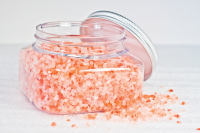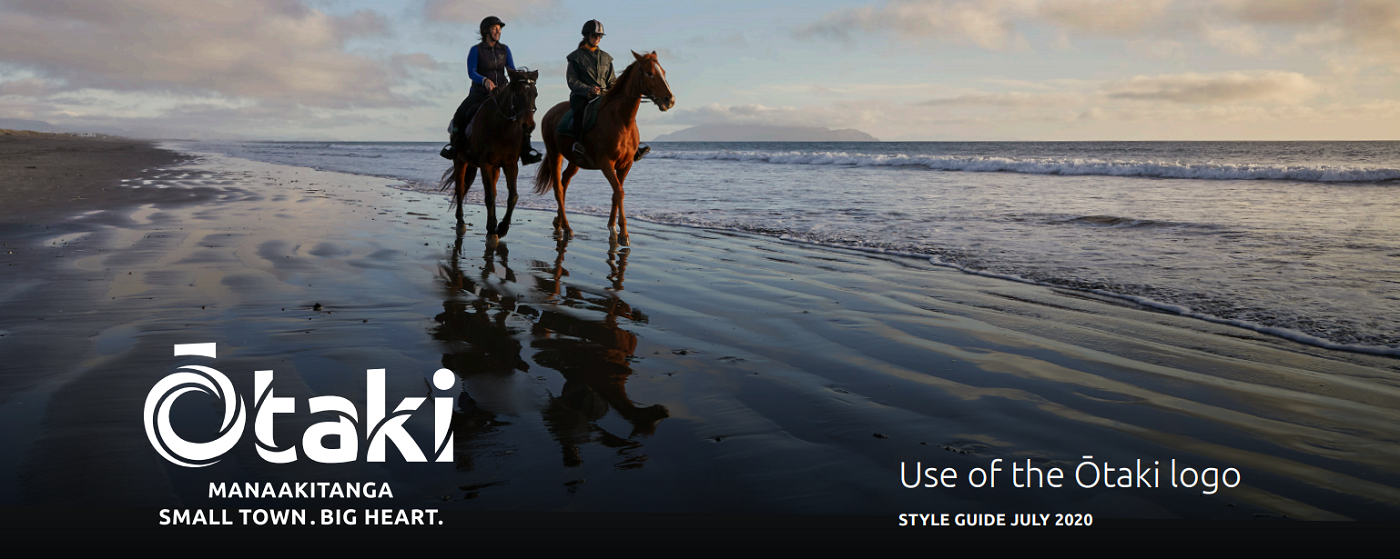
By Dr Steve Humphries
Himalayan pink rock salt is promoted as a natural, less-refined, healthy alternative that is “rich in trace minerals” and nutritionally superior to ordinary white table salt.
With web descriptors such as “Himalayan salt” and ”hand extracted” you almost get the feeling that the Dalai Lhama himself is carrying the salt out of the mountains. The reality is that Himalayan salt comes not from the Himalayas but the Khewra salt mine in Pakistan, the world’s second-largest commercial salt mine. “Hand extracted” doesn’t really capture the industrial scale of blasting out 350,000 tonnes of salt a year with explosives, and using front end loaders and trucks to get it out of a mine with 11 storeys below ground and 40 kilometers of tunnels.
Food production needs to be looked at objectively, not romanticised. Although Himalayan salt formed a quarter of a million years ago in more pristine times (a marketing point), it’s mined, processed, transported and packaged today in our more polluted modern world, and that’s when we have to worry about contamination. As an example, some recent surveys found plastic contamination to be higher in Himalayan rock salt samples than New Zealand sea salt.
Excessive consumption of sodium is linked to high blood pressure, a risk factor for heart disease, stroke and other health problems. New Zealanders consume about 9 grams of salt a day (much of it hidden in processed foods), but it’s recommended that we limit our intake to 4 grams of salt a day – 1600 milligrams of sodium.
Himalayan salt has been promoted as providing less sodium because it’s less refined. Normal table salt is about 99 percent sodium chloride, while Himalayan salt is closer to 98 percent. By law all salt must be at least 97 percent sodium chloride. So there’s no meaningful difference in the sodium levels between Himalayan and normal table salt.
There is the heavily promoted claim that Himalayan salt contains 84 elements and minerals. Sounds impressive, but what does it really mean?
To answer that we need to look at the periodic table of elements. There are about 90 naturally occurring elements in the world. If we subtract the inert gases such as neon and xenon (we don’t expect gases in our salt!) then that leaves the remaining 84 elements. On checking various analytical studies, that is indeed what they are claiming – the entire periodic table of naturally occurring elements, minus a few gases.
It’s a bizarre nutritional claim. The 84 elements include all the toxic heavy metals, such as mercury, lead and cadmium. It even includes radioactive elements, such as uranium, polonium and thorium. The good news is that they are only present in very small quantities. In fact, in the data analysis tables I have seen, more than a third of the elements were present in such miniscule amounts they were not able to be accurately measured, and were simply reported as being less than 1 part per billion! Never mind, they were still included as part of the 84 elements in Himalayan salt. By those criteria any salt manufacturer could claim 84 elements in their salt.
Mammals, including humans, require about 26 elements for normal healthy functioning. The other elements have no known function. The people who promote the 84 elements in Himalayan salt could perhaps explain to the scientific community what they know that the scientific community doesn’t.
But what about the nutritive elements in Himalayan salt? Let’s look at zinc as an example. Concentrations in Himalayan salt vary from absent to about 0.2mg per kilogram of salt. Even at 0.2mg, with a recommended daily intake (RDI) of 10mg for zinc, you would need to consume 50kg of Himalayan salt to get your daily requirement of zinc! The sensible way to get your RDI of zinc is from foods such as nuts, meat, shellfish, legumes or dairy products.
The pink colour of Himalayan salt is said to be mainly due to iron, so surely it’s a good source of this element. But analyses of Himalayan salt samples show that iron levels vary greatly, from almost absent to highs of more than 100mg per kilogram. High variability is often the price to be paid for an unrefined product – you can’t be sure what you’re getting. Even at the higher level of 100mg per kilogram a woman getting all her recommended salt intake as Himalayan salt would still only get 2 percent of her daily iron requirements.
Himalayan salt is a poor source of iron.
Regardless of the nutritive mineral, when you do the maths (and the people that promote Himalayan salt never do the maths) the results are the same. Himalayan salt, or any other natural salt, gives you a lot of sodium and not much else. You get your nutritive minerals from wholesome healthy food, not from salt.
Himalayan salt has also been promoted as being “naturally rich in iodine”. Like so much information on the web it’s simply wrong. All natural salts (sea salt and rock salt) have low levels of iodine, about 2mg per kilogram. Iodine deficiency causes goitre and hypothyroidism, and is the leading cause of preventable brain damage and intellectual disability in children.
Unfortunately New Zealand soils are deficient in iodine, and consequently so is our locally produced food. To correct this problem, iodised salt was introduced in 1924 (now set at 25-65mg of iodine per kilogram). However, the foodie trend for gourmet non-iodised salt has in part contributed to a re-emergence of iodine deficiency in New Zealand children. Consequently, in 2009, the Government mandated the use of iodised salt in bread (most processed food contains non-iodised salt, and often plenty of it). If you choose to use a non-iodised salt you should think about where your dietary iodine is coming from.
So given that Himalayan salt is as poor a source of minerals as any other natural salt, why is it such a popular choice?
The pink colour is certainly attractive. And thanks to clever marketing, the colour is associated with healthy natural goodness. Salt consumption is a dilemma: we know it’s bad for us, but it makes food taste great. An unrefined natural salt “rich in minerals” lets us avoid the guilt of consuming “ordinary” salt. The power of marketing.
• Health scientist Dr Steve Humphries is a director at Hebe Botanicals in Ōtaki. He was previously a lecturer at Massey University and director of the Health Science Programme.

